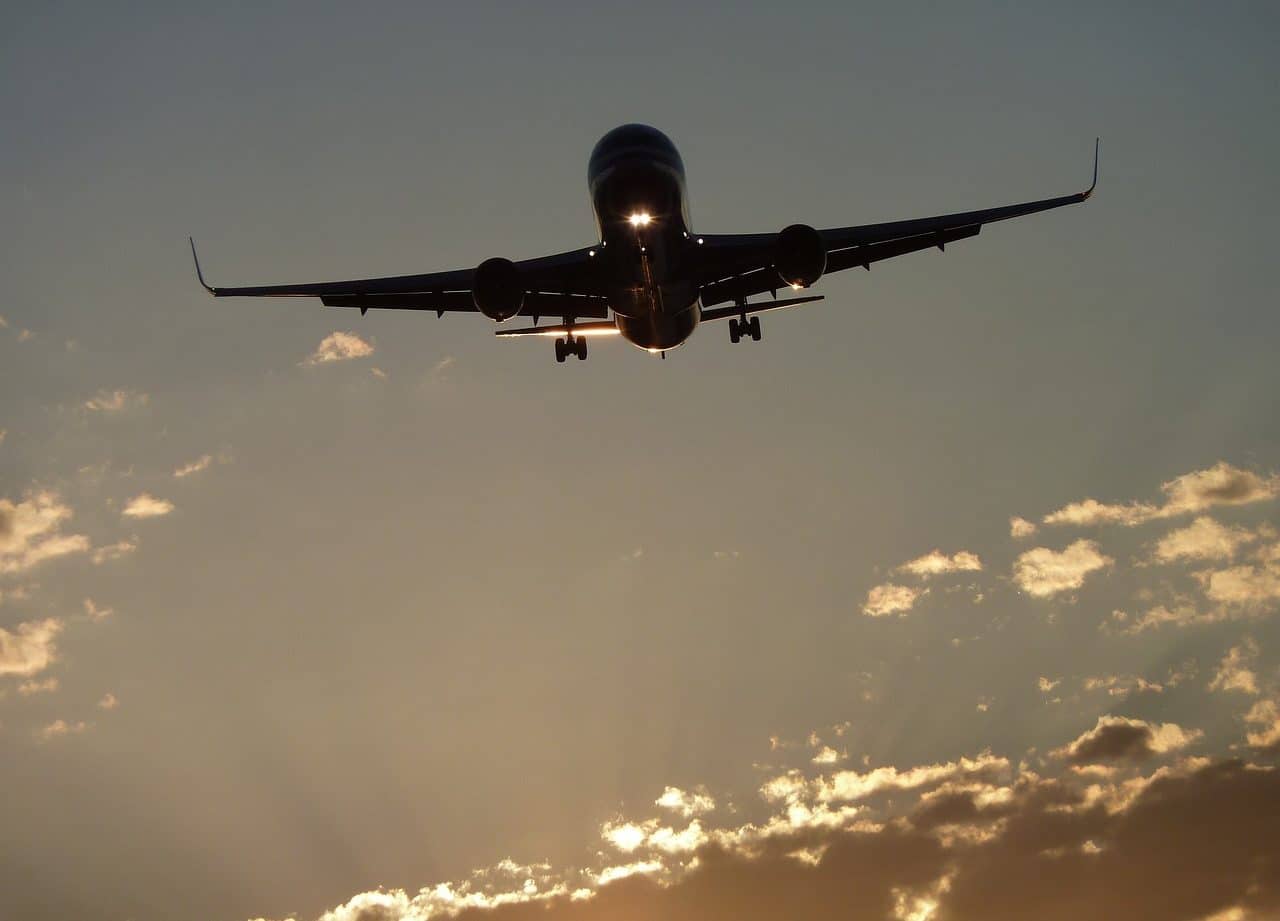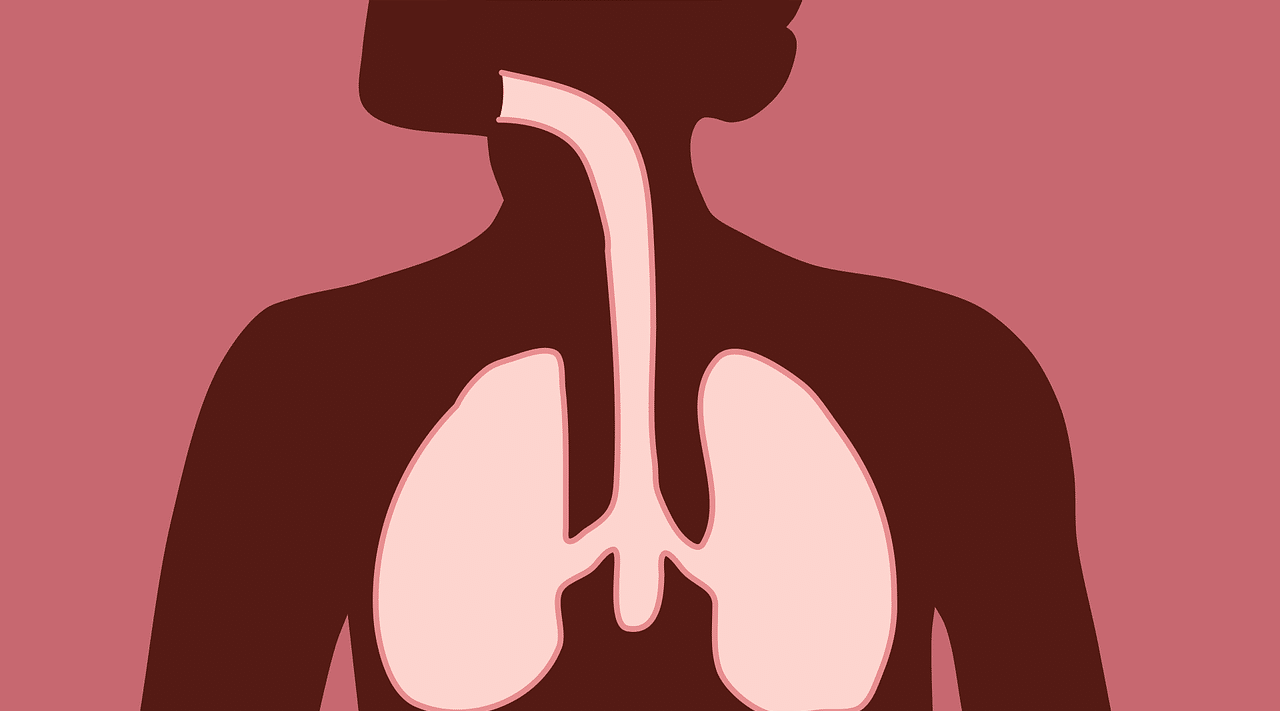
In aviation, an airway is an assigned layout in airspace.
Airway is a concept that can be used in two different ways: on the one hand, it is the pre-established routes that an airplane can take; On the other hand, the upper sector of the respiratory system is called the airway.
Before moving forward, it is important to know the etymological origin of the expression:
- Via comes from the Latin via , which can be translated as path.
- Aerial , for its part, derives from the Greek aero , which means “air.”
It should be noted that via is a term that can be used as a synonym for road , path , conduit or access . Aerial , for its part, is that linked to air (the gaseous fluid that makes up the atmosphere).
Airway in aviation
In the field of aviation , therefore, an airway is a layout that is allocated in airspace . Aircraft travel along these routes from the moment they take off from a certain point until they arrive at their destination .
The airway establishes the route to follow and the height to respect. When the entire trip is carried out over the territory of a single nation (or over its jurisdictional waters), the air route is classified as national. On the other hand, if during the flight the plane crosses more than one country, the air route is defined as international.

The airways constitute a part of the respiratory system.
The concept in anatomy
Regarding the meaning of the idea of airway in anatomy , it refers to the area of the respiratory system that extends from the nasal passages (where air enters the body) up to and including the bronchioles . This means that the airways are made up of the nasal passages, mouth, pharynx , larynx, trachea, bronchi and bronchioles.
The airways, in turn, can be divided into upper airways (nasal passages, mouth, pharynx and larynx ) and lower airways (trachea, bronchi and bronchioles).
Airway release
It must be established that, within the field of medicine, doctors are sometimes required to carry out the management and control of a patient's airways. Basically this consists of proceeding to clean them, clearing them of any “intrusive” element that is making breathing difficult.
This procedure must be undertaken through the use of different mechanical resources and tools. This would be the case, for example, of a person who has suffered cardiac arrest or someone who has been a victim of apnea or respiratory arrest.
In these situations, it is usual to proceed to clean and clear the airways, starting by putting the affected person in the appropriate position. It should be placed on its back and the jaws should be raised.
Within this procedure, abdominal compressions or what is known as ventilation with exhaled air also take center stage. This last technique is commonly used to ensure that children can see their airways freed and thus be able to breathe normally.
